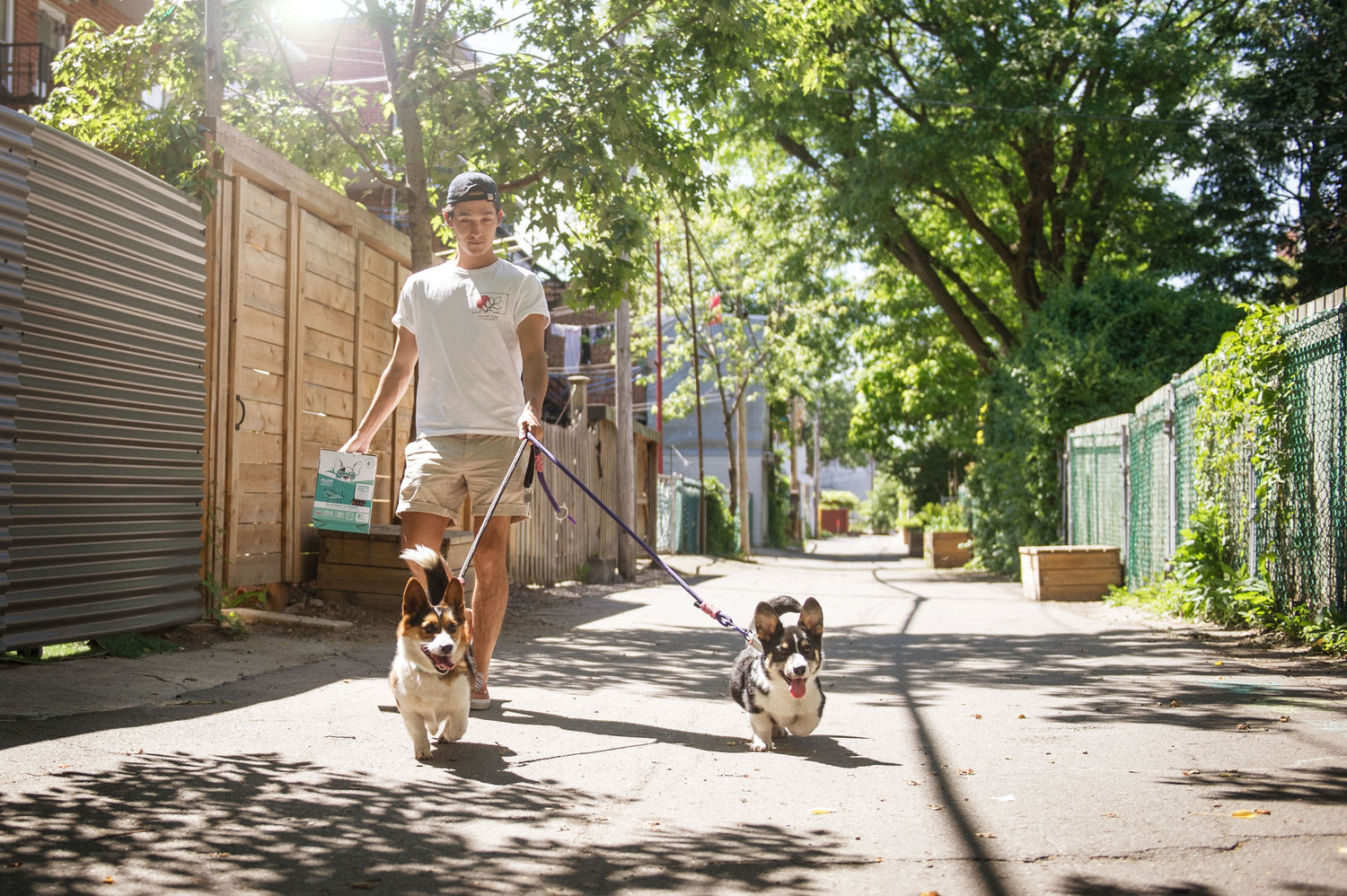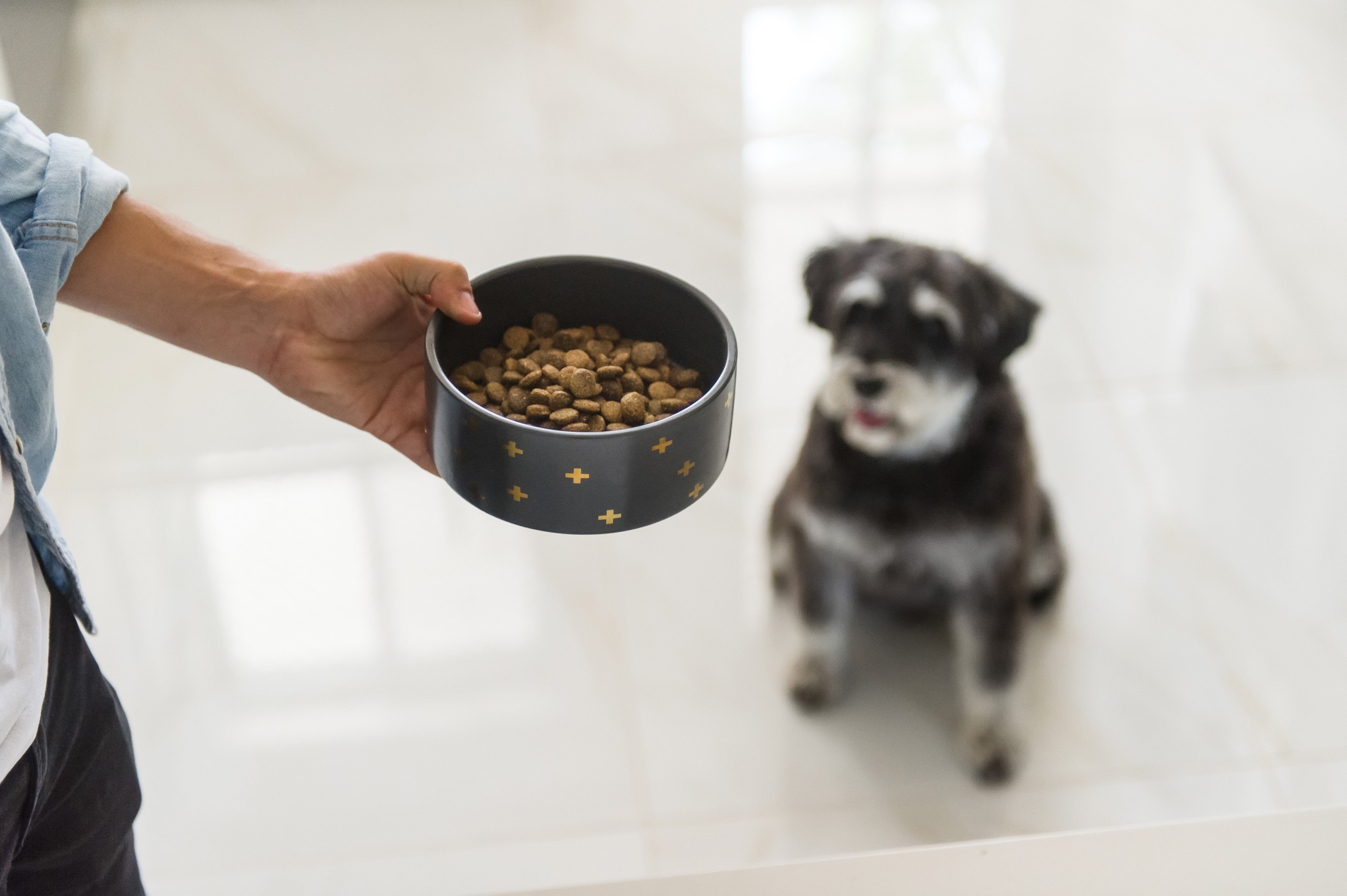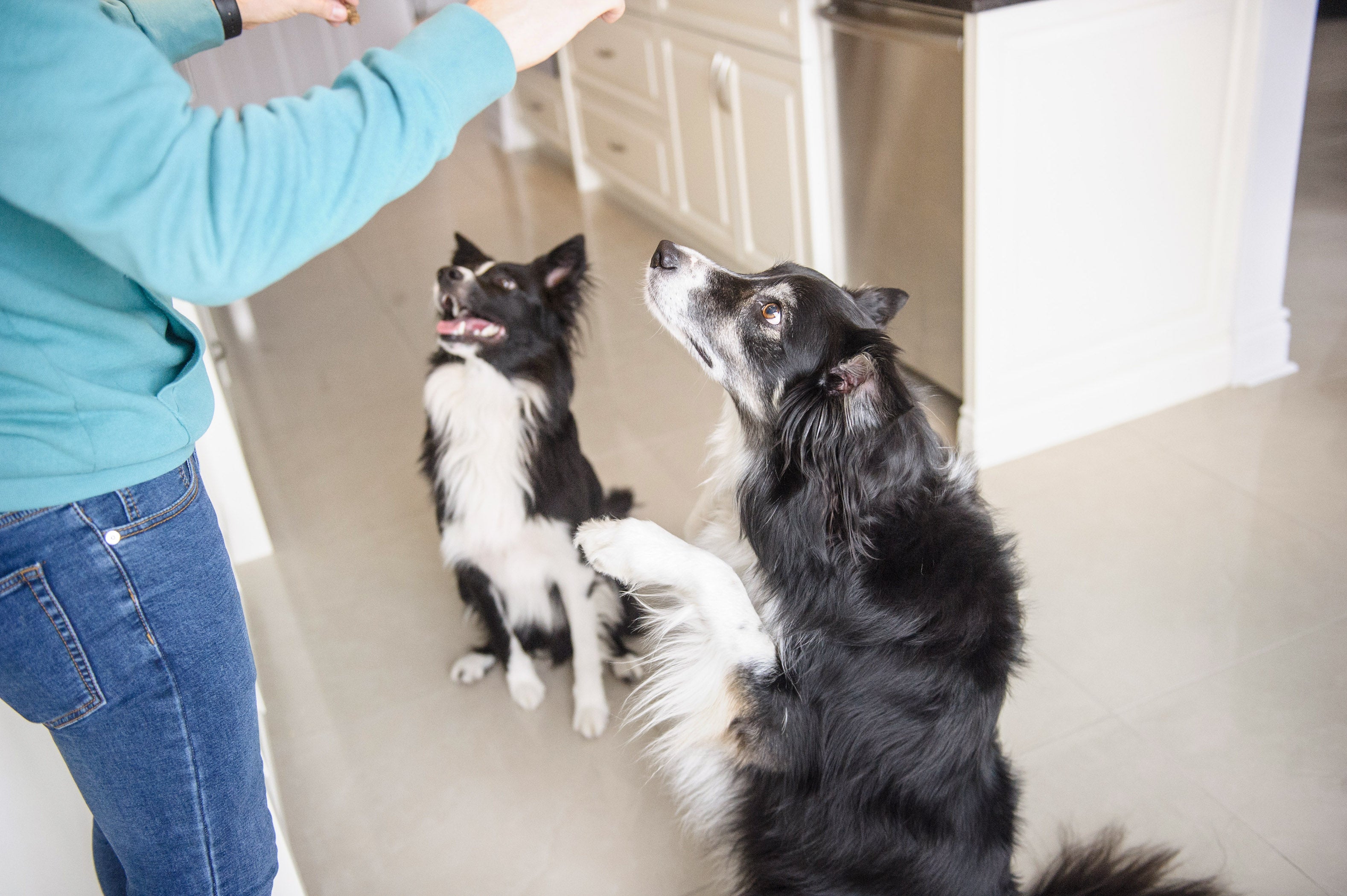One phrase that is often overused but rings completely and irrevocably true is that “a tired dog is a happy dog”.
Have you ever come home to find your favorite pair of shoes chewed to bits, or your couch covered in hair? It's not that your dog is spiteful, he's just full of energy and doesn't know how to burn it off.
Dogs, like children, require routine and security. That's why it's important to tire out your dog every day with some exercise.
A good run or a game of fetch will help burn off excess energy and keep your dog happy and healthy. And as a bonus, a tired dog is much less likely to wreak havoc in your home. So next time Fido starts getting into trouble, take him for a walk and show him how to burn off energy. Cesar Milan would approve.
How To Tire Out A Dog?
There are two major components to having a tired dog - physical, and mental. We suggest to give your dog enough mental as well as phisical activities for the best sleep.
1. Mental Activity
Using your dog's brain will be just as good as physical exercise and will likely consume the same amount of energy.
- - Indoor Games
Teaching a dog tricks and obedience commands necessitates mind-body coordination. There are tons of indoor games to play if you don’t want to go out, or when the weather is bad.
Send your dog on a treasure hunt for treats, or set up an obstacle course if you have the space. This will help your dog develop new skills while also strengthening muscles.
Interactive treat dispensing balls work great for occupying a dog for a few minutes, if not hours. Limiting the amount of food in the balls and increasing the difficulty level by getting balls with smaller openings will also work for the trickier dogs. Remember to use only sustainable dog treats! (shameless hint - check out our’s!).
Rotate their toys regularly so that they can reconnect with old favorites while still being stimulated by 'new' ones. And of course, provide plenty of chew toys and dental sticks to keep your pooch’s razor-sharp teeth occupied. Your furniture will thank you!

Indoor fetching with a smaller dog can be fun. Keep it to a minimum, and don’t use the stairs. Too much going up and down stairs at speed could injure your dog’s joints.
- - Obedience Training
Every good dog owner knows that training is an essential part of responsible pet ownership. But why does your dog have to be trained?
First of all, training helps your dog understand what you expect from him. Without training, your dog may simply have no idea what you want him to do. Secondly, training helps to strengthen the bond between you and your dog. As your dog learns to obey your commands, he will also learn to trust and respect you.
Finally, training can help to prevent behavioral problems from developing. A well-trained dog is less likely to exhibit unwanted behaviors, such as barking or chewing on furniture.
Obedience training is an excellent way to tire out your dog mentally. Think about it as a session of non-stop puzzles, where he will have to figure out what you want in order to earn a treat.
2. Physical Activity
Make sure your dog gets adequate exercise and lots of playtime during the day so he'll be ready for bed at night.
Physical activity should be divided into two to three periods each day, each lasting no more than 15-30 minutes and relative to the dog's age. For instance, a 6-month-old puppy's exercise session should take about 30 minutes, while an adult dog of an active breed might do better with one or two hours.
- - Exercise, Exercise, Exercise!
Any exercise routine should be tailored to the demands of the canine. Although exercising your dog while jogging your regular 5 miles might be a fantastic use of time, it is not recommended for young or senior canines.
Dogs should only run long distances after their joints have grown, which should happen about the time they turn one year old.
Of course, your pooch’s exercise needs depend on the individual dog. While some dogs will benefit significantly from a vigorous half an hour run, a smaller, less active dog would simply start to dislike going out for fear of being too physically taxed.
- - Go For Walkies
Walking is a healthy form of exercise for puppies and dogs, but your pups should only be exposed to public settings once they have received all of their vaccinations. Walking at a moderate pace is a low-impact exercise that is beneficial to the bodies and minds of your canine pals.
It permits them to investigate their surroundings, stimulating both their senses and their minds. It's also a great method to teach your dog basic manners, especially for small dogs.

- - Other Activities
You don’t have to limit your physical activities to walking or running. Playing fetch is an excellent way to expel some of your dog’s explosive energy, while swimming is a fantastic activity to improve the muscular structure and cardiovascular health in a low-impact setting.
In addition, taking your pooch for YOUR favorite activities would be beneficial and fun for your both.
Nightly Routine
Dogs are creatures of routine and habit, and regular daytime and nighttime conditioning are required for your furry companion.
A short stroll after dinner, with plenty of time to poop and pee, should help your dog relax before bedtime.
Finish a short period of playful bonding with the dog in its bed a little later. A favorite chew toy can be used to reward and comfort it. However, an hour before sleep, put an end to the activities. If you don't, he can still be agitated and have trouble sleeping at night.
Final Thoughts
If you've ever had an over-excited dog, you know that they can be a handful. They jump up and down, run in circles, and generally just make a nuisance of themselves. Now imagine that they are doing all that, just when the household is winding down and getting ready to hit the hay.
With these tips, you can ensure a pleasant, quiet night’s sleep with your pooch hopefully doing the same!




